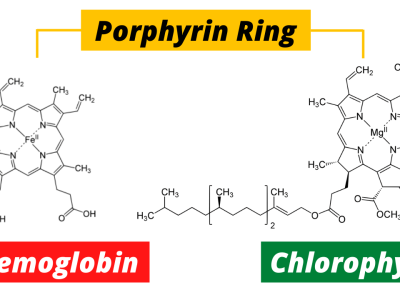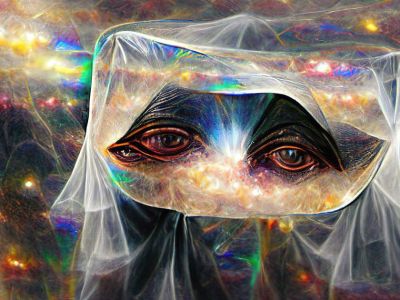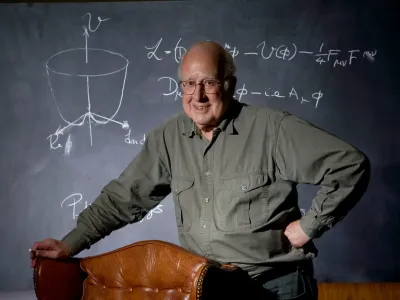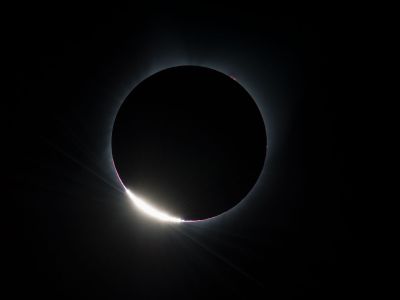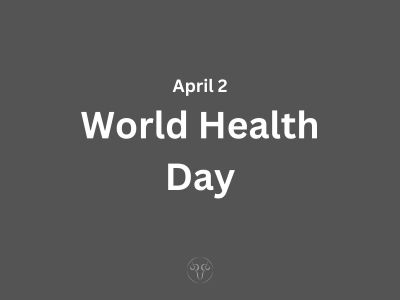Cannabis - Things About Cannabis
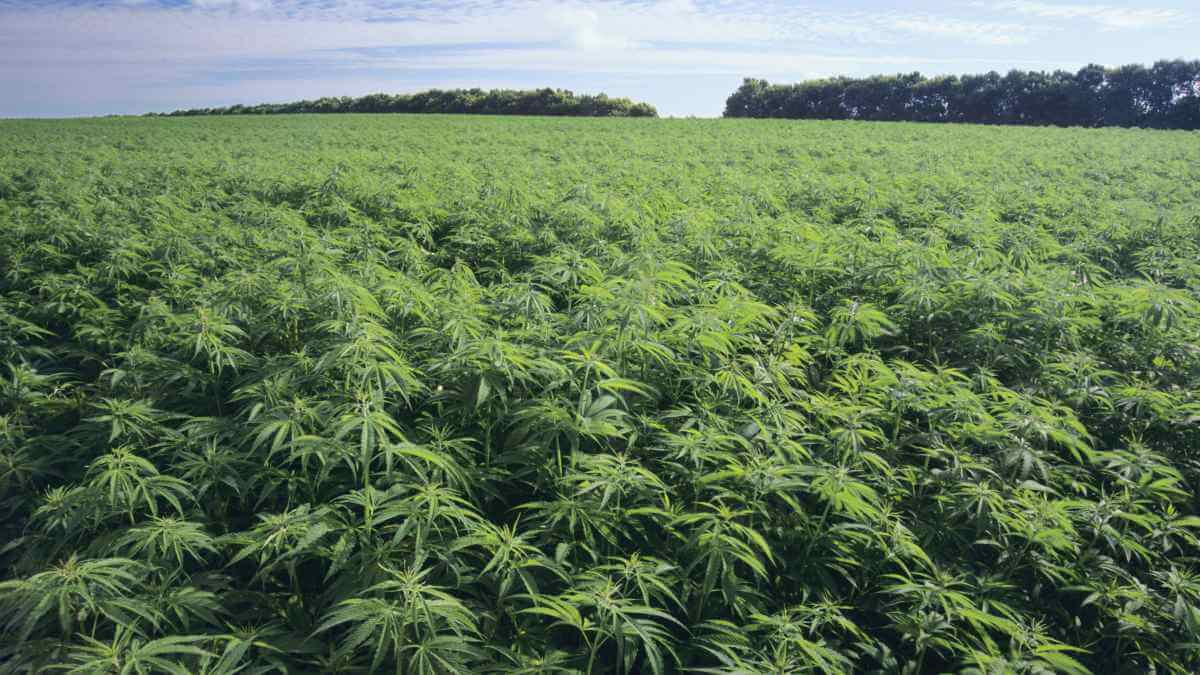
"Cannabis has been one of the most used psychoactive drugs in the world since the late 20th century, following only tea, coffee, tobacco and alcohol in popularity and is the most widely used illicit substance known to human and what need to change is its illicit status. Cannabis is a plant, drug and above all a herb."
Cannabis is a plant that has been used by humans for thousands of years for a variety of purposes, including medical, recreational, and industrial ones. It is also referred to as marijuana, ganja, or bhaang. Cannabis is a mild psychedelic and cannabinoid drug. Delta-9 tetrahydrocannabinol (THC) and cannabidiol (CBD) are the two main psychotropic substances found in cannabis (cannabidiol). Despite not necessarily making the user feel depressed, depressant drugs slow down the central nervous system's activity and the messages that flow between the brain and the rest of the body. When cannabis is consumed in large doses, it can also cause hallucinations. Cannabis is the name of a genus of flowering plants in the Cannabaceae family. The number of species in the genus is up for debate.
Cannabis sativa, Cannabis indica, and Cannabis ruderalis are three species that can be identified; C. sativa is considered as a single parent species. It is largely acknowledged that the genus is native to and descended from South and Central Asia. The plant is sometimes known as hemp, however this word is frequently restricted to Cannabis strains used for purposes other than drug production. Cannabis has a long history of use, including for hemp fibre, hemp seeds and oils, hemp leaves eaten as vegetables and juice, as well as for therapeutic and recreational purposes. Cannabis plants chosen to generate industrial hemp are used to make the items.
Also Read What is Tea? Everything You need to know
Other names for cannabis
Some of the popular terms for cannabis are Marijuana, Marihuana, Ganja, Weed, Bhaang, Vijaya, Stuff, Pot, Grass, Herb, Dope, Reefer, Hash, Hashish, Chronic, daggaa, hemp, siddhi and many more.
Etymology
The word cannabis is from Greek κάνναβις (kánnabis), which was originally Scythian or Thracian. It is related to the Persian kanab, the English canvas and possibly the English hemp (Old English hænep).
What are types of cannabis plant?
Cannabis strains are either pure or hybrid varieties of the plant genus Cannabis, which can be one of the following species, namely Cannabis sativa, Cannabis indica, and Cannabis ruderalis.
Varieties are developed to intensify specific characteristics of the plant, or to differentiate the strain for the purposes of marketing or to make it more effective as a drug. Variety names are typically chosen by their growers, and often reflect properties of the plant such as taste, color, smell, or the origin of the variety. The Cannabis strains referred to in this article are primarily those varieties with recreational and medicinal use. These varieties have been cultivated to contain a high percentage of cannabinoids. Several varieties of cannabis, known as hemp, have a very low cannabinoid content, and are instead grown for their fiber and seed.
What are the forms of cannabis we consume?
Flower(Ganja or Marijuana)
Often simply called weed or pot, this is the unprocessed form of cannabis. Weed consists of the dried leaves and buds of the female Cannabis sativa and Cannabis indica plants. Sinsemilla (Spanish for "without seed") is the dried, seedless (i.e. parthenocarpic) infructescences of female cannabis plants. Because THC production drops off once pollination occurs, the male plants (which produce little THC themselves) are eliminated before they shed pollen to prevent pollination, thus inducing the development of parthenocarpic fruits gathered in dense infructescences. Advanced cultivation techniques such as hydroponics, cloning, high-intensity artificial lighting, and the sea of green method are frequently employed as a response to prohibition enforcement efforts that make outdoor cultivation more risky. "Skunk" refers to several named strains of potent cannabis, grown through selective breeding and sometimes hydroponics. It is a cross-breed of Cannabis sativa and C. indica (although other strains of this mix exist in abundance). Skunk cannabis potency ranges usually from 6% to 15% and rarely as high as 20%. The average THC level in coffee shops in the Netherlands is about 18-19%.
It has a very diverse but recognizable odor, both in its not lit and while being smoked. This odor is quite unlike kitchen herbs, although weed is sometimes "cut" (mixed) with benign kitchen herbs such as oregano and parsley when sold in the underground market.
Concentrate(Hash oil, Rosin, Hashish)
Cannabis concentrate (also called marijuana concentrate, marijuana extract, or cannabis extract) is a tetrahydrocannabinol (THC) and/or cannabidiol (CBD) concentrated mass. Cannabis concentrates contain high THC levels that range from 40% to over 90%, stronger in THC content than high-grade marijuana, which normally measures around 20% THC levels. Volatile solvents, such as ethanol, butane, propane or hexane, may be used to prepare extracts, possibly to fire and explosion hazards in uncontrolled environments. Supercritical fluid extraction using carbon dioxide (CO2) alleviates concerns of fire and explosion and results in a high-quality product.
Hashish (حشيش), also known as hash, Charas, kala sona, "dry herb, hay" is a drug made by compressing and processing parts of the cannabis plant, typically focusing on flowering buds (female flowers) containing the most trichomes. It is consumed by smoking, typically in a pipe, bong, vaporizer or joint, or via oral ingestion. Hash has a long history of usage in asian and north african countries such as India, Nepal, Bangladesh, Iran, Israel, Sri lanka, Pakistan, Palestine, Morocco, Egypt, Afghanistan and Lebanon. Hash consumption is also popular in Europe.
Edible(Bhaang Thandai, Hash Brownies)
Marijuana can also be taken orally and is often cooked into food. In this form, it is commonly called edibles. A classic way to eat marijuana is in the form of brownies or cookies. However, marijuana can be added to many types of food, just like an herb, and may even appear in candy.
Bhaang is also an edible form of cannabis use in mix with beverages, which is quite common in North india.
What are the common effects of cannabis in humans?
Cannabis effects can be seen into two broad perspective, one is psychological, physiological another is acute short term and chronic long term effects.
Acute or Short Term Effects of Cannabis
Pshychological Cannabis Effects
The psychoactive effects of cannabis, known as a "high", are subjective and vary among persons and the method of use. When THC enters the blood stream and reaches the brain, it binds to cannabinoid receptors. This agonism of the cannabinoid receptors results in changes in the levels of various neurotransmitters, especially dopamine and norepinephrine these neurotransmitters are closely related with the acute effects of cannabis ingestion, such as euphoria or anxiety.
- general alteration of conscious perception
- euphoria, feelings of well-being, relaxation or stress reduction
- Mood stabilize
- increased appreciation of the arts, including humor and music, joviality,
- Enhanced recollection of memory, long term memory
- Decrease attention and alertness
- Negatively effect short term memory
- Increased sensuality, increased awareness of sensation and increased libido
- Creative thinking and introspection
- anxiety, usually in new and inexperience user
- Pseudo hallucination, altered body image, auditory and/or visual illusions
- Rarely acute psychosis and dissociative states such as depersonalization and derealization
- an increased enjoyment of food taste and aroma, and change in the perception of time and space
Physiological or Somatic Cannabis Effects
- Depressed Motor Activity
- Increased heart rate, dilation of blood vessels, fluctuations in blood pressure
- Dry mouth
- Increased appetite or cause munchies
- Pupil Dilation, Reddening of eye due to conjuntival blood vessel
- Muscle relaxation
- Increased sensation of cold or hot
- Flushed Face
- Persistant Alpha Wave
How long Weed Effect starts and Last after consumed?
Duration of Peak levels of cannabis-related effects occur around 5 minutes after smoking and last for several hours like 2hrs to 4 hrs. If taken in edible form it will start to kick in 30 minutes to 2 hrs and last for four to 12 hrs depends how consumed, in some cases oral effects can last for even a day.
Effects of Cannabis when Smoked or vaped
The total short-term duration of cannabis use when smoked depends on the potency, method of smoking like whether pure or in mix with tobacco and how much is smoked. Effects of cannabis is typically last for an average an hour to four.
Effects of Cannabis on edible or taken oral
When taken orally (capsules, edibles, food, or drink), the psychoactive effects take longer to manifest and generally last longer than when smoked, typically lasting for an average of four to six hours after consumption. Oral ingestion use eliminates the need to inhale toxic combustion products created by smoking and therefore negates the risk of respiratory harm associated with cannabis smoking.
What is Cannabis Culture?
Since the late 20th century, cannabis has ranked among the most popular psychoactive substances worldwide, only below tea, coffee, tobacco, and alcohol. Vera Rubin claims that there are two main cultural complexes that have influenced cannabis usage over time: a continuous, traditional folk stream and a more constrained, contemporary arrangement. The first, which typically involves small-scale production, involves both spiritual and secular uses of the plant, including its usage for food, clothing, medicine, cordage, and "universal use as a euphoriant and symbol of brotherhood." The second stream of expansion of cannabis use encompasses "the use of hemp for commercial manufacturers utilizing large-scale cultivation primarily as a fiber for mercantile purposes"; but it is also linked to the search for psychedelic experiences (which can be traced back to the formation of the Parisian Club des Hashischins).
Cannabis culture describes a social atmosphere or series of associated social behaviors that depends heavily upon cannabis consumption, particularly as an entheogen, recreational drug and medicine.
Cannabis has long been used as an entheogen to promote spiritual experiences, especially in the Indian subcontinent since the Vedic period, which began around 1500 BCE, though it may have started as early as 2000 BCE. It was also used entheogenically by the Germanic, Celt, Ancient Central Asian, and African peoples. The Rastafari movement of Jamaica is primarily responsible for the plant's association with spiritual use in modern times. Several Western subcultures, including hippies, beatniks, hipsters (both the 1940s subculture and the contemporary subculture), ravers, and hip hop, contain marijuana use as an eccentric characteristic.
Legality and Laws Around Cannabis
Since the beginning of the 20th century, most countries have enacted laws against the cultivation, possession or transfer of cannabis. These laws have had an adverse effect on cannabis cultivation for non-recreational purposes, but there are many regions where handling of cannabis is legal or licensed. Many jurisdictions have lessened the penalties for possession of small quantities of cannabis so that it is punished by confiscation and sometimes a fine, rather than imprisonment, focusing more on those who traffic the drug on the black market. In some areas where cannabis use had been historically tolerated, new restrictions were instituted, such as the closing of cannabis coffee shops near the borders of the Netherlands, or the 1985 NDPS Act. India
- In November 2015, Uttarakhand became the first state of India to legalize the cultivation of hemp for industrial purposes. Usage within the Hindu and Buddhist cultures of the Indian subcontinent is common, with many street vendors in India openly selling products infused with cannabis, and traditional medical practitioners in Sri Lanka selling products infused with cannabis for recreational purposes and well as for religious celebrations. Indian laws criminalizing cannabis date back to the 1985 NDPS Act. India and Sri Lanka have allowed cannabis to be taken in the context of traditional culture for recreational/celebratory purposes and also for medicinal purposes.
- On 17 October 2015, Australian health minister Sussan Ley presented a new law that will allow the cultivation of cannabis for scientific research and medical trials on patients.
- On 17 October 2018, Canada legalized cannabis for recreational adult useIn December 2012, the U.S. state of Washington became the first state to officially legalize cannabis in a state law (Washington Initiative 502) (but still illegal by federal law),
- On 1 January 2013, the first marijuana "club" for private marijuana smoking (no buying or selling, however) was allowed for the first time in Colorado, with the state of Colorado following close behind (Colorado Amendment 64).
- The California Supreme Court decided in May 2013 that local governments can ban medical marijuana dispensaries despite a state law in California that permits the use of cannabis for medical purposes.
- As the drug has increasingly been seen as a health issue instead of criminal behavior, marijuana has also been legalized or decriminalized in: Czech Republic, Colombia, Ecuador, Portugal, South Africa


